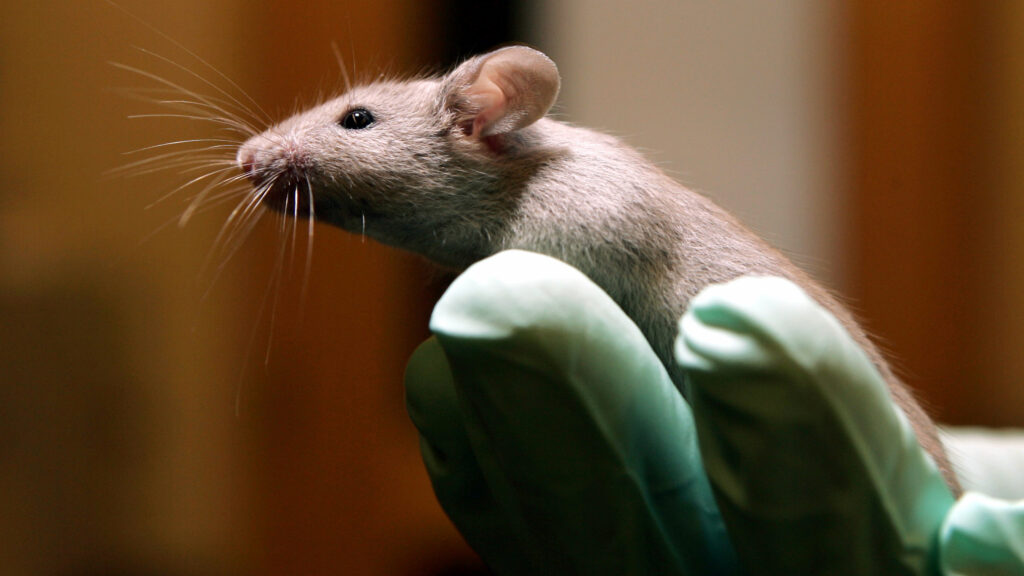Science
Modern Animal Models Crucial for Biomedical Research Progress

Recent initiatives from the Food and Drug Administration (FDA) and the National Institutes of Health (NIH) aim to diminish animal testing in biomedical research. These efforts focus on “new approach methodologies,” including lab-grown human models and computational technologies, which are being promoted as more relevant to human health. However, this shift raises concerns about the potential neglect of modern animal models that play a vital role in understanding human biology.
As a researcher in the field, I assert that biomedical discovery and drug development should prioritize the refinement of animal models rather than their outright replacement. Currently, mice and rats constitute approximately 95% of research animals used in biomedical studies. Their historical significance is reflected in numerous foundational discoveries that have depended on these models.
While mouse research has received criticism for its inability to predict human outcomes in the past, contemporary models have evolved significantly. Mice can now be genetically modified to incorporate human genes, cells, and tissues, allowing researchers to investigate human biology within a living organism. An illustrative case occurred in 1993, when a clinical trial of the drug fialuridine led to unexpected liver failure in nearly half of the participants. Subsequent research revealed that “humanized” mice could accurately predict this toxicity, demonstrating the potential of advanced animal models.
Lab-grown models, such as those recommended by the FDA, provide valuable insights but fall short in their ability to replicate the complexities of human physiology. For example, CAR T-cell immunotherapy, a revolutionary treatment that employs a patient’s own immune cells to combat cancer, often leads to toxic effects across various organs, including the brain. Traditional models struggled to elucidate the causes of these effects, yet studies using mice with human immune cells successfully identified underlying mechanisms. As a result, clinical trials are now progressing to enhance the therapy’s safety for patients.
Advancements in animal models extend beyond the mouse. Many species are adapting to better serve human health needs. Notably, developments in genetically modified pig organs for human transplantation may address donor shortages and provide solutions for patients suffering from end-stage diseases.
Addressing the concerns surrounding animal testing is crucial, as reducing investment in these models could undermine significant advancements in biomedical research. The FDA emphasizes that “all possible side effects of a drug can’t be anticipated based on preapproval studies.” In practice, animal models remain essential for isolating causes of unexpected adverse events that arise post-approval.
Investing in modern animal models can ultimately decrease the number of animals needed for research. Enhanced preclinical studies that more accurately predict human outcomes will minimize the necessity for repetitive experiments that fail to yield applicable results.
The future of biomedical research should not necessitate a choice between animal models and human-based methods; rather, the integration of both approaches is vital. By combining animal studies with human data and computational technologies, researchers can glean insights that enhance the understanding of diseases and improve treatment strategies.
For instance, powerful artificial intelligence tools can analyze animal data generated in controlled experimental settings to uncover biologically relevant patterns. These tailored animal models can further validate AI predictions prior to their application in human therapies.
As regulators and funding bodies advocate for alternatives, it is essential to recognize that today’s animal models have undergone significant advancements compared to those that previously failed to predict human responses. Abandoning these improvements now would hinder scientific progress and delay potential benefits for patients.
To foster the most effective biomedical research, stakeholders should support systems that integrate animal models with innovative methodologies. This collective approach is likely to accelerate the development of treatments that can greatly impact patient care and health outcomes.
Anis Barmada, a biomedical researcher at Yale School of Medicine, emphasizes the importance of this integrated strategy for the future of biomedical research.
-

 Lifestyle4 months ago
Lifestyle4 months agoLibraries Challenge Rising E-Book Costs Amid Growing Demand
-

 Sports3 months ago
Sports3 months agoTyreek Hill Responds to Tua Tagovailoa’s Comments on Team Dynamics
-

 Sports3 months ago
Sports3 months agoLiverpool Secures Agreement to Sign Young Striker Will Wright
-

 Lifestyle3 months ago
Lifestyle3 months agoSave Your Split Tomatoes: Expert Tips for Gardeners
-

 Lifestyle3 months ago
Lifestyle3 months agoPrincess Beatrice’s Daughter Athena Joins Siblings at London Parade
-

 World3 months ago
World3 months agoWinter Storms Lash New South Wales with Snow, Flood Risks
-

 Science4 months ago
Science4 months agoTrump Administration Moves to Repeal Key Climate Regulation
-

 Science3 months ago
Science3 months agoSan Francisco Hosts Unique Contest to Identify “Performative Males”
-

 Business4 months ago
Business4 months agoSoFi Technologies Shares Slip 2% Following Insider Stock Sale
-

 Science4 months ago
Science4 months agoNew Tool Reveals Link Between Horse Coat Condition and Parasites
-

 Sports3 months ago
Sports3 months agoElon Musk Sculpture Travels From Utah to Yosemite National Park
-

 Science4 months ago
Science4 months agoNew Study Confirms Humans Transported Stonehenge Bluestones









